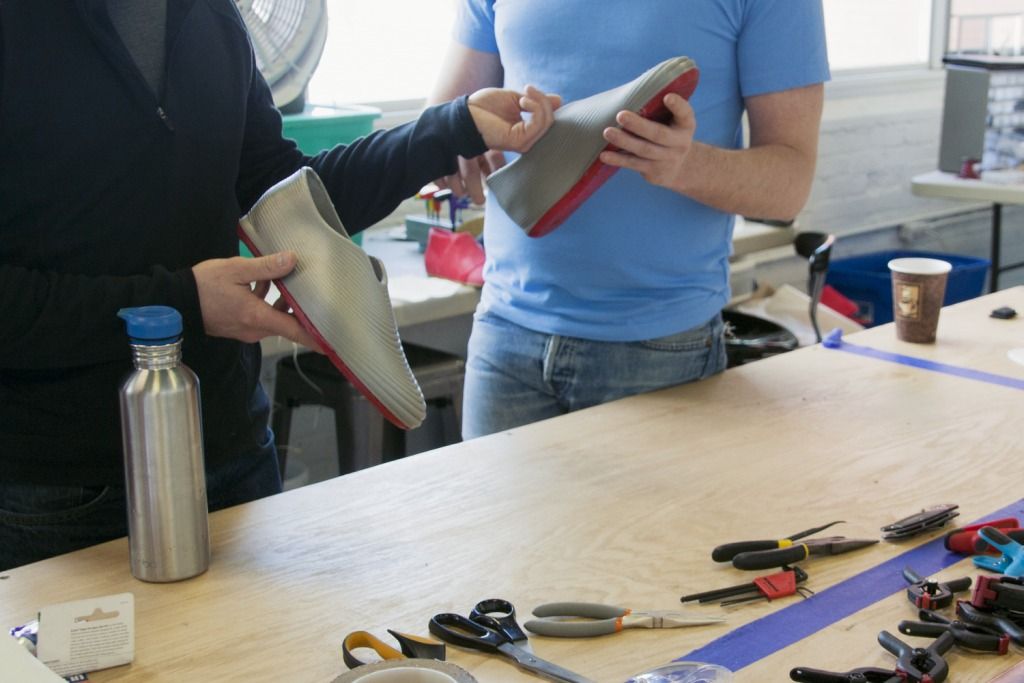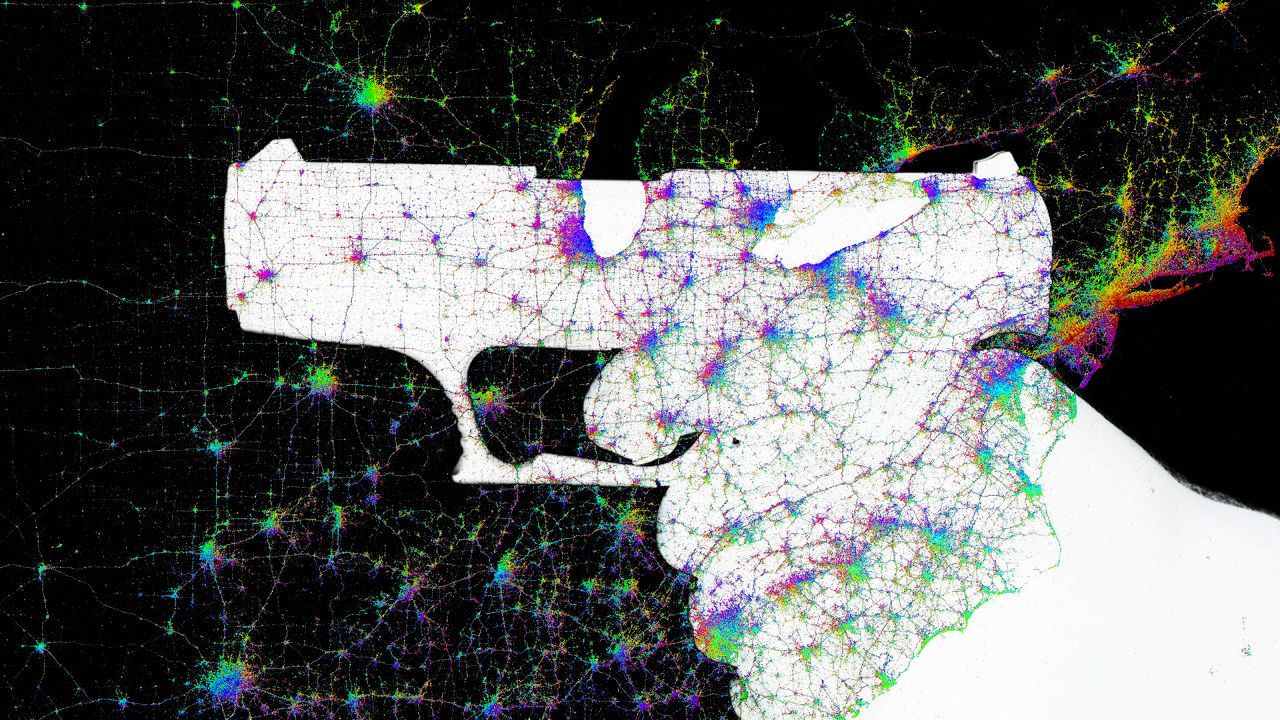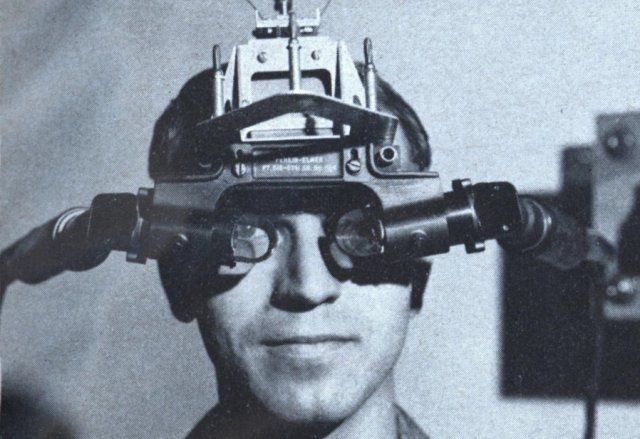Apr 3, 2015
Feetz $1.25m Funding and New 3D Shoes App Pave Road to Custom 3D Printed Footwear
Posted by Seb in category: 3D printing
— 3DPrintingIndustry.com
The true implementation of wearable, 3D printed clothes is a gradual process that began with accessories (jewelry, eye-wear) and is now moving on to extremities, to eventually cover the entire body (a little bit like Siberian-style tattoos). After insoles, custom 3D printed shoes are now taking on momentum, going from an experimental novelty to something truly accessible. Especially with new announcements from such start-ups as Feetz and 3D Shoes.
When speaking with the founder of the Nrml store in Manhattan, Nikky Kaufmann, she explained how, in her business of creating custom 3D printed earphones, the idea of custom clothing and accessories was, in fact, very “normal”, hence the name of her shop. The idea is that custom wearable products are not something strange, as much as they have always been part of our human culture: before the assembly line industrial revolution, every article of clothing was tailor made. Now, consumers can return to the tailor-made goods, but with new methods that can make these products accessible to everyone at higher quantities.Read more






 The Mont Order Club hosted its first video conference in February 2015, as shown below.
The Mont Order Club hosted its first video conference in February 2015, as shown below.








